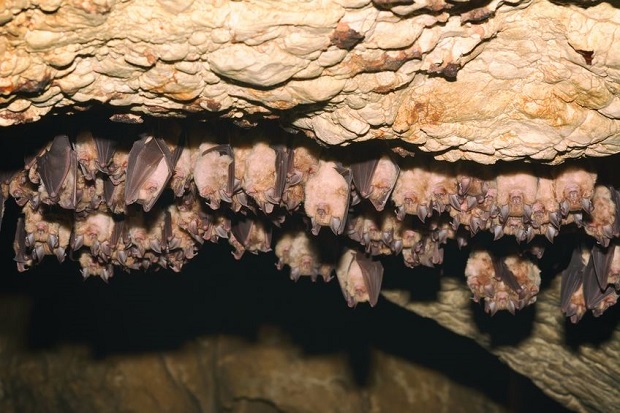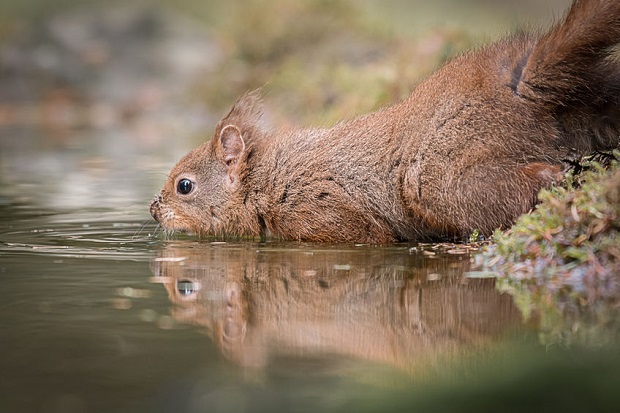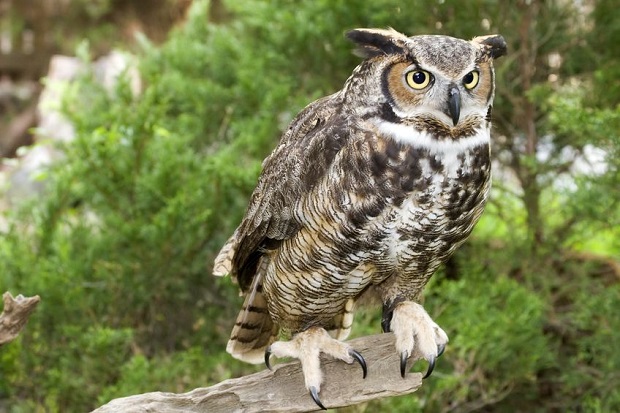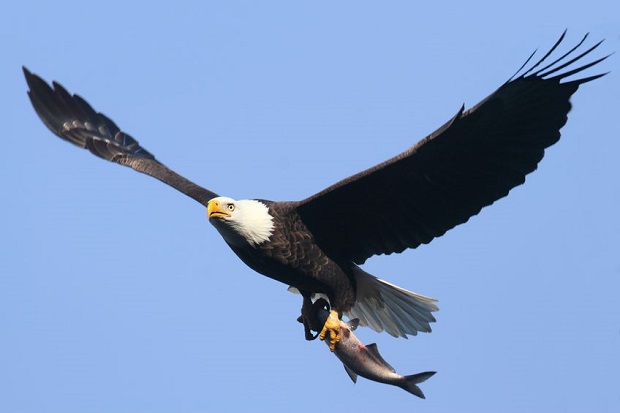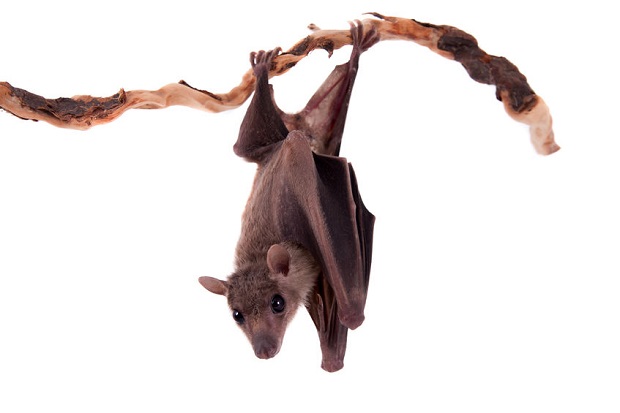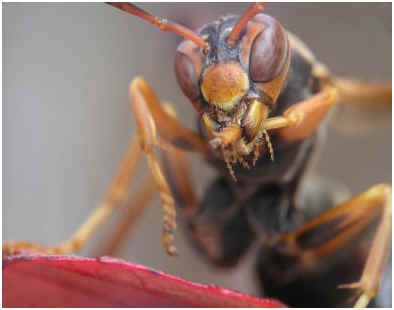
Identifying the differences between wasps and hornets must begin with, firstly, an understanding of the differences between bees and wasps. Wasps play a much more minor role in the pollination cycle, which is done in their case generally by the males of the species, and have a lot less hair on their bodies.
Categories of Wasps
There are three categories of wasps: parasitic wasps, which are primarily concerned with laying eggs; solitary hunting wasps, defined by their very name as baby caretakers that go out and return with paralyzed prey to feed their young; and social wasps, the annual colony-building breed that humans are most likely to encounter. This last group can be split again into three different tiers, and it is within these additional tiers that the hornet can be found.
Hornets Are Wasps
Hornets are most definitely a type of wasp, scientifically designated by the name Dolichovespula. The baldfaced hornet is the most common type and amounts essentially to a big black and white wasp. They hunt other insects rather than feast on human food and garbage, as do most wasps. Hornets’ nests, which can be found in various wilderness and residential environments, also tend to be bigger than wasps’ nests.
Classification of Hornets and Wasps
The classification of hornets and wasps can get, at times, a little tricky. Some, for example, insist that the bald-faced hornet is not a hornet at all but a wasp related more closely to the yellow jacket side of the species. There is even one species, the oriental hornet, that has been found to have solar energy-storing cells built into their bodies. Scientists examining underground colonies of this hornet type discovered cuticles in their skin that absorbed 99% of the energy emitted from sunlight, explaining why they also preferred to work at the hottest point of the day: high noon. However, researchers still aren’t sure exactly what the purpose of this stored energy is. Possibilities include warmth and the more sophisticated powering of enzyme-altering organic activity.
Resources
- The University of Colorado – “What is a Wasp, Hornet, Yellowjacket, Bee“
- The Missourian – “Hornet’s Nest Fit for a Queen“
- The New Scientist – “Zoologger: The Solar-Powered Electric Hornet“
